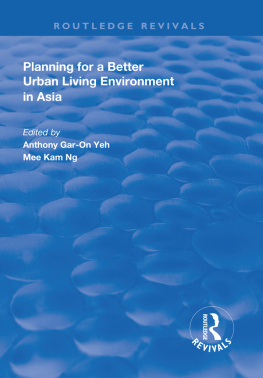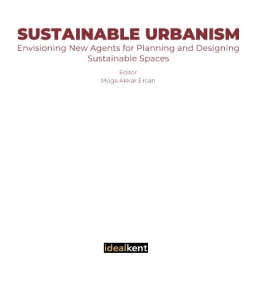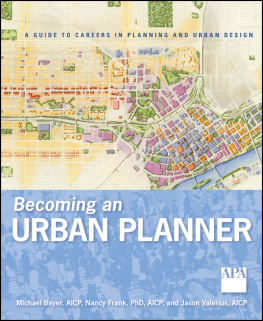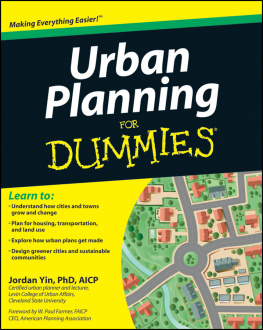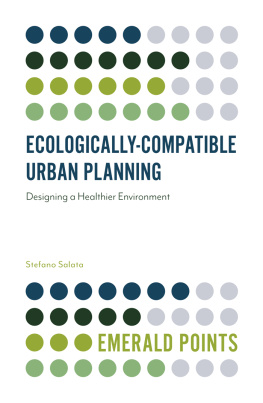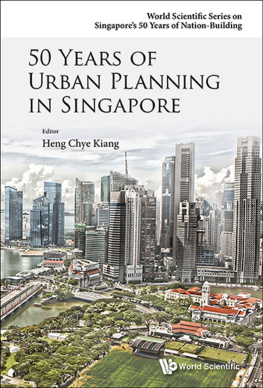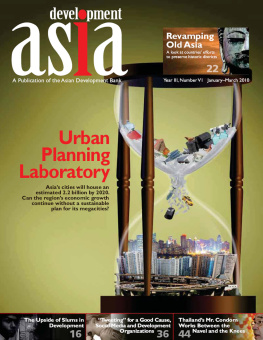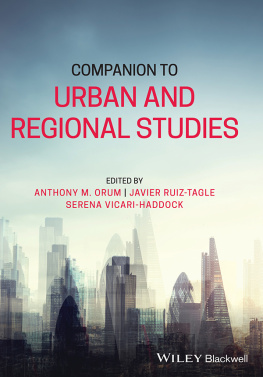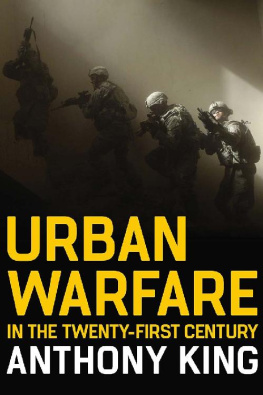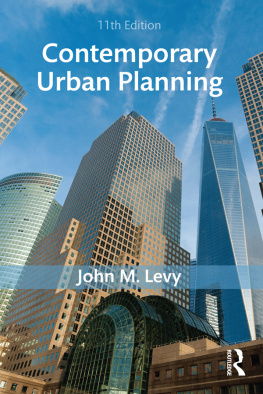Anthony Gar Yeh - Planning for a Better Urban Living Environment in Asia
Here you can read online Anthony Gar Yeh - Planning for a Better Urban Living Environment in Asia full text of the book (entire story) in english for free. Download pdf and epub, get meaning, cover and reviews about this ebook. year: 2018, publisher: Routledge, genre: Politics. Description of the work, (preface) as well as reviews are available. Best literature library LitArk.com created for fans of good reading and offers a wide selection of genres:
Romance novel
Science fiction
Adventure
Detective
Science
History
Home and family
Prose
Art
Politics
Computer
Non-fiction
Religion
Business
Children
Humor
Choose a favorite category and find really read worthwhile books. Enjoy immersion in the world of imagination, feel the emotions of the characters or learn something new for yourself, make an fascinating discovery.
- Book:Planning for a Better Urban Living Environment in Asia
- Author:
- Publisher:Routledge
- Genre:
- Year:2018
- Rating:4 / 5
- Favourites:Add to favourites
- Your mark:
- 80
- 1
- 2
- 3
- 4
- 5
Planning for a Better Urban Living Environment in Asia: summary, description and annotation
We offer to read an annotation, description, summary or preface (depends on what the author of the book "Planning for a Better Urban Living Environment in Asia" wrote himself). If you haven't found the necessary information about the book — write in the comments, we will try to find it.
Planning for a Better Urban Living Environment in Asia — read online for free the complete book (whole text) full work
Below is the text of the book, divided by pages. System saving the place of the last page read, allows you to conveniently read the book "Planning for a Better Urban Living Environment in Asia" online for free, without having to search again every time where you left off. Put a bookmark, and you can go to the page where you finished reading at any time.
Font size:
Interval:
Bookmark:
| A.T.M. Nurul Amin | Division of Human Settlements Development, Asian Institute of Technology, Bangok, Thailand. |
| Jamal H. Ansari | Professor, Department of Physical Planning, School of Planning and Architecture, New Delhi, India. |
| Ray W. Archer | Professor, Division of Human Settlements Development, Asian Institute of Technology, Bangkok, Thailand. |
| Che Musa Che Omar | Chairman, Urban and Regional Planning Programme, School of Housing, Building and Planning, University Sains Malaysia, Penang, Malaysia. |
| Hon Shyan Chong | Division of Global Environment Engineering, Graduate School of Engineering, Kyoto University, Kyoto, Japan. |
| Chong-Won Chu | Professor, Department of Urban Engineering, College of Engineering, Seoul National University, Republic of Korea. |
| Takatsune Fukami | Professor, Department of Social Engineering, Tokyo Institute of Technology, Tokyo, Japan. |
| Takahiro Hisa | Department of Environmental Engineering, Faculty of Engineering, Osaka University, Osaka, Japan. |
| Baozhe Hu | Professor, Department of Urban Engineering, University of Tokyo, Tokyo, Japan. |
| Ikaputra | Department of Environmental Engineering, Faculty of Engineering, Osaka University, Osaka, Japan. |
| Mir Shahidul Islam | Professor, Department of Urban and Regional Planning, Bangladesh University, Bangladesh. |
| Kunihiro Narumi | Professor, Department of Environmental Engineering, Faculty of Engineering, Osaka University, Osaka, Japan. |
| Yukio Nishimura | Research Centre for Advanced Science and Technology, University of Tokyo, Tokyo, Japan. |
| Zhaoyu Qian | Professor, Department of Urban Planning, Tongji University, Shanghai, Peoples Republic of China. |
| Mahbubur Rahman | Professor, Department of Architecture, Engineering University, Bangladesh. |
| Asteya M. Santiago | Professor, School of Urban and Regional Planning, University of the Philippines, Manila, Philippines. |
| Hidehiko Sazanami | Ex-director, United Nations Centre for Regional Development, Nagoya, Japan |
| Naoki Tahara | Department of Geotechnical and Environmental Engineering, Nagoya University, Nagoya, Japan. |
| Mamoru Tohiguchi | Professor, Division of Global Environment Engineering, Kyoto University, Kyoto, Japan. |
| Xiangrong Wang | Department of Environmental Science, East China Normal University, Shanghai, Peoples Republic of China. |
| Sadao Watanabe | Professor, Department of Urban Engineering, University of Tokyo, Tokyo, Japan. |
| Chung-Tong Wu | Dean, Faculty of the Built Environment, University of New South Wales. |
| Wahyu Subroto T. Yoyok | Department of Environmental Engineering, Faculty of Engineering, Osaka University, Osaka, Japan. |
Introduction: Planning for a Better Urban Living Environment in Asia
Font size:
Interval:
Bookmark:
Similar books «Planning for a Better Urban Living Environment in Asia»
Look at similar books to Planning for a Better Urban Living Environment in Asia. We have selected literature similar in name and meaning in the hope of providing readers with more options to find new, interesting, not yet read works.
Discussion, reviews of the book Planning for a Better Urban Living Environment in Asia and just readers' own opinions. Leave your comments, write what you think about the work, its meaning or the main characters. Specify what exactly you liked and what you didn't like, and why you think so.

